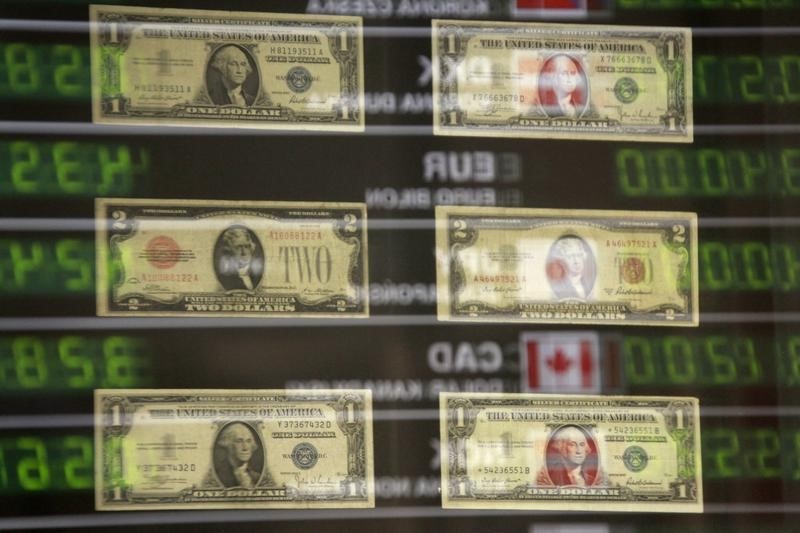(Adds analyst quotes, updates prices)
* Canadian dollar ends at C$1.3116, or 76.24 U.S. cents
* Loonie touches its weakest since Aug. 9 at C$1.3145
* Bond prices mixed across the maturity curve
By Fergal Smith
TORONTO, Aug 31 (Reuters) - The Canadian dollar weakened to a three-week low against its U.S. counterpart on Wednesday as oil fell and data showed a deeper contraction in the country's economy for the second quarter than the Bank of Canada had projected.
Canada's economy shrank at an annualized 1.6 percent rate in the second quarter in its worst showing in seven years, hurt by a drop in exports and a disruption to oil production caused by wildfires in northern Alberta. Bank of Canada had forecast a 1 percent contraction.
Still, there were signs that a pickup was already underway. The economy grew 0.6 percent in June.
"I don't think today's numbers really put the Bank of Canada in play for next week," said Bipan Rai, executive director, macro strategy at CIBC Capital Markets.
Investors are betting that the central bank will leave policy unchanged at both next week's interest rate decision and through the end of the year, overnight index swaps data shows. BOCWATCH
The interest rate decision in October will be more important for the market when the central bank will have more data to assess whether the economy has rebounded in the third quarter as it has forecast, Rai said.
The Canadian dollar CAD=D4 ended at C$1.3116 to the greenback, or 76.24 U.S. cents, weaker than Tuesday's close of C$1.3096, or 76.36 U.S. cents.
The currency's strongest level of the session was C$1.3080, while it touched its weakest since Aug. 9 at C$1.3145.
For the month, the loonie fell 0.5 percent.
U.S. crude CLc1 prices settled $1.65 lower at $44.70 a barrel, pressured by government data that showed a large rise in U.S. crude stockpiles. O/R
Oil is one of Canada's major exports.
The probability of a Federal Reserve rate increase in September climbed to 27 percent from 24 percent on Tuesday, according to the CME Group's FedWatch calculation based on U.S. short-term interest rate futures.
Increased chances of a U.S. rate hike came as a report by a payrolls processor showed U.S. private employers added 177,000 jobs in August.
The U.S. Labor Department's more comprehensive non-farm payrolls report is due for release on Friday, which may offer clues on the outlook for U.S. interest rates.
Canadian government bond prices were mixed, with the two-year CA2YT=RR bond up 1.5 Canadian cents to yield 0.579 percent and the benchmark 10-year CA10YT=RR flat to yield 1.022 percent.
